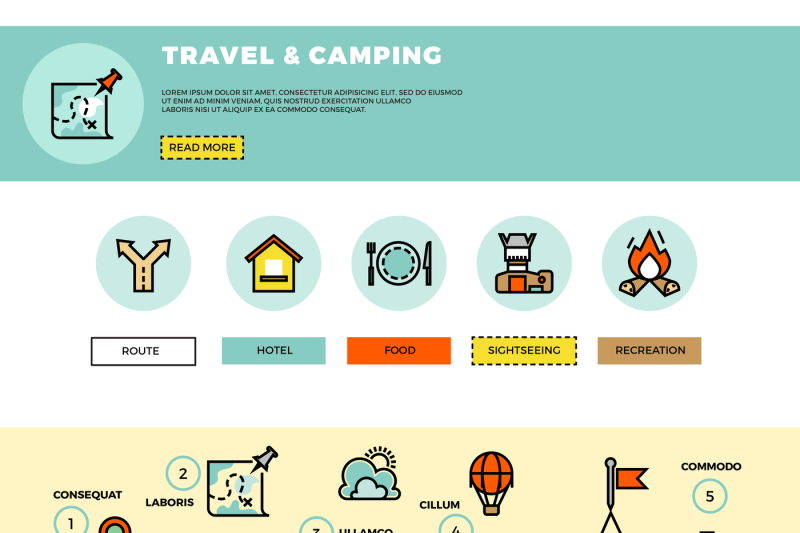Cooktop jacks are vital to risk-free outdoor tents oven use, keeping cold air, rainfall, snow, bugs and also flammable combustible materials out of the outdoor tents. However, they're not without their pitfalls. Keep reading to find out about common errors campers make when fitting their oven jacks, and how you can prevent them at your campground.
Product Compatibility
When buying an oven jack, make certain it is made from heat-safe products. The material utilized to make the jack ought to also be durable and breathable, which will certainly aid to maintain the camping tent warm and dry when it's in usage.
As soon as you have actually discovered a range jack that is compatible with your tent, it's time to determine where you intend to install it. Normally, it's finest to place the stove in the facility of the outdoor tents to assist keep all areas cozy and relaxing, however it is essential to prevent placing it straight up against an outdoor tents wall surface because this is a fire hazard. Additionally, think about exactly how easy it will certainly be to reach your oven when refueling and cleaning up in the middle of the night.
Cooktop jacks are quite easy outdoor camping equipment, but they are incredibly critical for securely using a tent oven in any type of weather condition. By putting in the time to select the correct dimension and properly install your cooktop satchel jack, you'll be prepared for a comfortable outdoor camping experience!
Range Pipe Size
The size of your cooktop pipeline is important to make certain appropriate venting and to stay clear of a fire danger. A small size pipe will certainly work great in many tents, however a larger one need to be used with a heavier-duty canvas outdoor tents or a Tipi.
When it pertains to determining the suitable placement of your cooktop, the center of the outdoor tents is typically the best option. This will assist maintain the entire outdoor tents warm while decreasing the capacity for smoke to leakage around the edges. It additionally helps protect against heat from surprising from the stove and right into flammable materials like wall surfaces or ceilings.
When it concerns wall surface and floor security, NFPA calls for a minimum of 36" of clearance from flammable walls. This can be minimized by using a range guard and a single-wall stovepipe with an insulated thimble (if entering into the ceiling, attic room or roofing system). Constantly consult your woodstove manufacturer's proprietor's guidebook to find out more concerning proper installment.
Stove Pipe Size
Aside from not being directly up against the wall surface of the tent (where it could be a fire risk) there isn't truly an incorrect place for an oven jack. It's simply a matter of preference, relying on how simple it will certainly be to grab refueling and how close it will be to the entry of your outdoor tents.
However, if you mount your pipeline also far out from the range, cool air and rainfall will be able to blow in around the beyond the pipeline. This isn't ideal, as it will make starting your oven and maintaining a good draft challenging.
To find out just how much flue you'll need, measure the range where your outdoor tents's stove will sit to your smokeshaft opening. After that deduct 2 inches because each section of pipeline overlaps. The number you obtain is the amount of pipe you'll require to acquire. Thankfully, installing range pipelines isn't tough and requires minimal tools.
